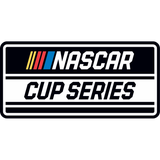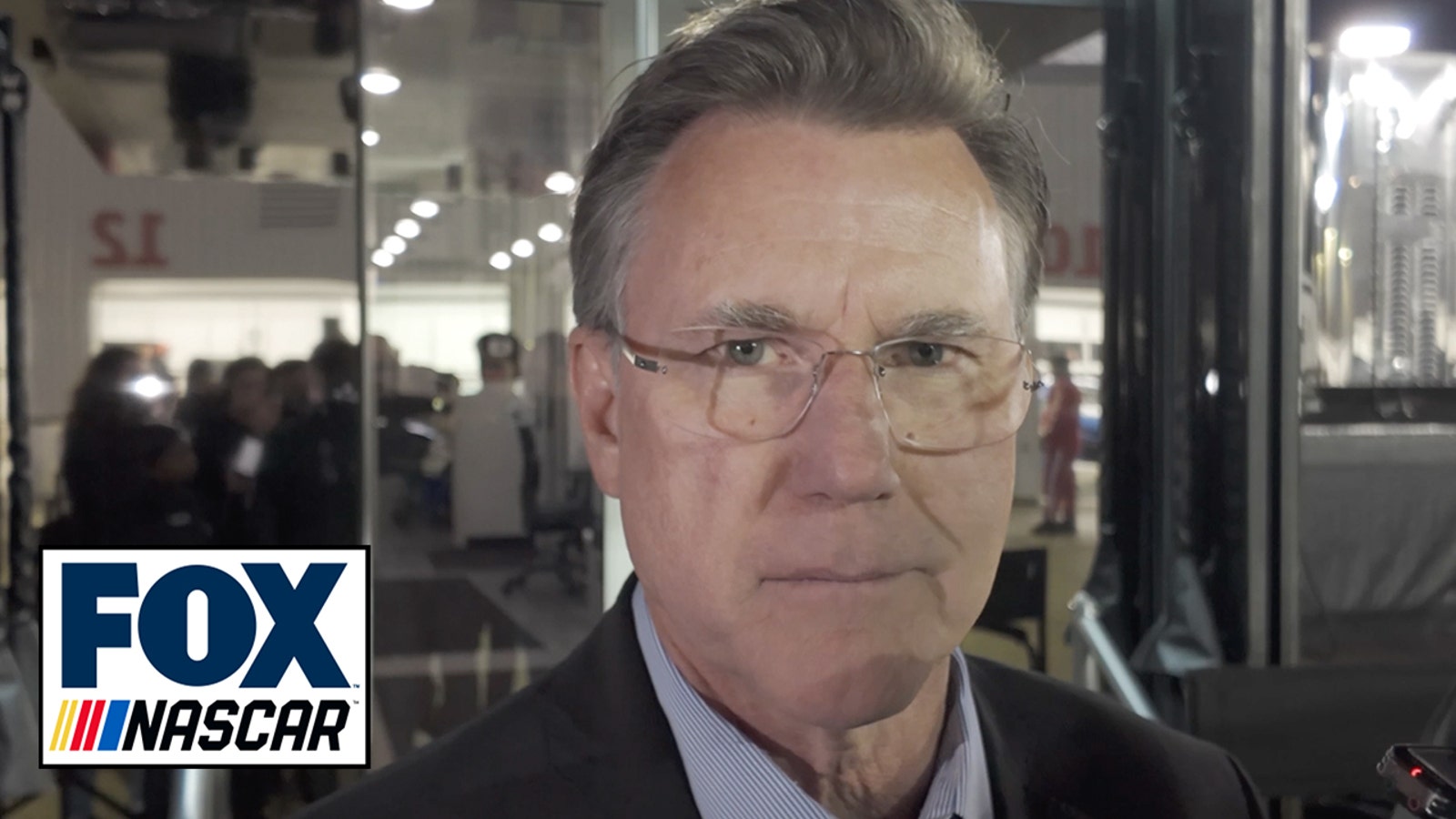
Should NASCAR officiate restarts differently in wake of Richmond finish?
Denny Hamlin might have gotten away with one Sunday at Richmond Raceway when he appeared to mash the gas moments before reaching the restart zone on the final restart.
Hamlin went on to win the race, and Martin Truex Jr. who led more than half the laps and was beside Hamlin on the restart, said immediately that Hamlin jumped the restart.
NASCAR ruled it good in the moment. There was nothing glaring nor immediate data that NASCAR felt it should penalize Hamlin. Close, but no penalty.
Now, after additional camera angles with sound clearly showing he jumped the restart by a few feet, the discussion of how NASCAR should officiate the rule — and whether it should, for a lack of a better team, "let them play" as would be said in the final quarter of a basketball game — is the great weekly debate.
Here is the rule:
"The initial start and all restarts shall be initiated within the restart zone on the racetrack. Double red lines on the outer wall designate the start of the restart zone. If the lead vehicle does not restart by the time it reaches the exit of the restart zone, designated by a single red line on the outer wall, the starter will initiate or restart the race."
There is no definition of what defines "restart," but it is typically considered hitting the gas to reach full speed.
NASCAR didn't always have a restart zone. Before implementing double-file restarts in 2009, the leader just had to mash the gas in the vicinity of a line painted between Turn 4 and the start-finish line. There was controversy back then on how much latitude a driver should get as far as the definition of vicinity.
And while there is a rule, like most sports, how NASCAR interprets and officiates the rule more or less defines it no matter what it is written. And NASCAR has mostly not called a penalty if there was any doubt and has hesitated to make this a call of inches. It is more they know it when they see it.
They didn't see it with Hamlin, and NASCAR Senior Vice President of Competition Elton Sawyer said Tuesday on NASCAR Race Hub that after reviewing various camera angles Monday, Hamlin did leave early.
"He definitely fired before the zone — it looked like maybe a half a car length or so," Sawyer said. "At the end of the race, making a split-second decision, we've got to get that call right. And with the information and data we had at the time, I still stand by the call we made at the track.
"If you are going to take a race win away, you've got to be 100 percent accurate and confident in the call."
Currently, NASCAR has an official located at the restart zone to help determine if the driver hammers the gas early. But there is no photo-data synched evidence that it gets in real-time, as it does for its pit road violations.
NASCAR does have real-time data on driver acceleration but to match it with a certain spot on the track likely would require timing lines in those areas. NASCAR could then make it black-and-white and take judgment out of it.
But if it does, then NASCAR also would have to closely watch cars behind and next to the leader when it comes to laying back in trying to time when the leader will start for a better ability to surge. If NASCAR doesn't call that closely, then the leader could be at a significant disadvantage — and the leader should have the advantage as that's the benefit to leading the race.
It seems strange to say, but I'm okay with the way NASCAR currently does it unless there is a way to judge it without putting the leader at a disadvantage. The key is for NASCAR to be consistent. If it changes its philosophy to call it more tightly — it should let drivers know and then follow through with that pledge. The drivers will adapt to how it is officiated, just like any change in a strike zone in baseball or holding in football.
Drivers who try to go early and before the box are leaving it in NASCAR hands to make the call. And they will either play it more safe than sorry or test NASCAR to learn where the limits are — just as they have for decades.
Bob Pockrass covers NASCAR for FOX Sports. He has spent decades covering motorsports, including over 30 Daytona 500s, with stints at ESPN, Sporting News, NASCAR Scene magazine and The (Daytona Beach) News-Journal. Follow him on Twitter @bobpockrass.






